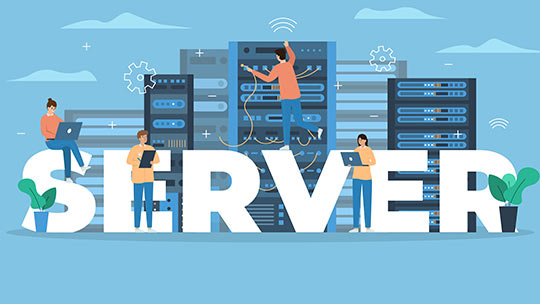Diploma In Network Engineering
The Diploma in Network Administration program is focused on Server Administration and Network Engineering. Learners will be able to understand the core concepts of Hardware, networking, server maintenance.

The Diploma in Network Administration program is focused on Server Administration and Network Engineering. Learners will be able to understand the core concepts of Hardware, networking, server maintenance.

Computer Networking and Cloud Computing is one of the most important sectors in the technology industry. Many businesses rely on Network Engineers to configure systems so that they can communicate and share data across their network. A professional should become certified in order to effectively ensure that an organization's networking components function properly.
The Diploma in Network Administration program is focused on Server Administration and Network Engineering. Learners will be able to understand the core concepts of Hardware, networking, server maintenance.
This practical program prepares Learners for a rewarding and in-demand career. Learners will be trained in a groups to take care of a simulated company's server, add and remove users, develop new technologies, improve network security, and troubleshoot software or hardware problems.
The classes are designed to prepare Network Admins to install, administer, and maintain server, workstation, and component hardware, as well as competently support all relevant software.
The Network engineering diplama prepares students for a wide range of career opportunities, which includes